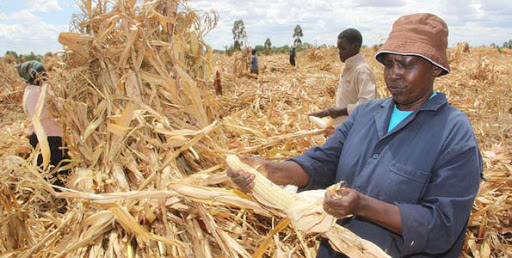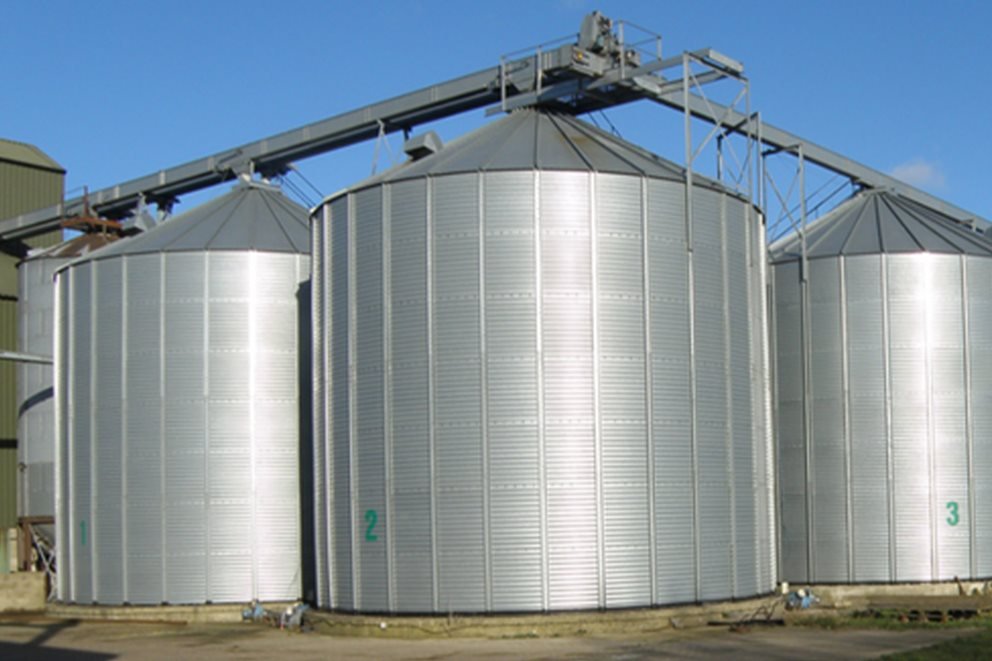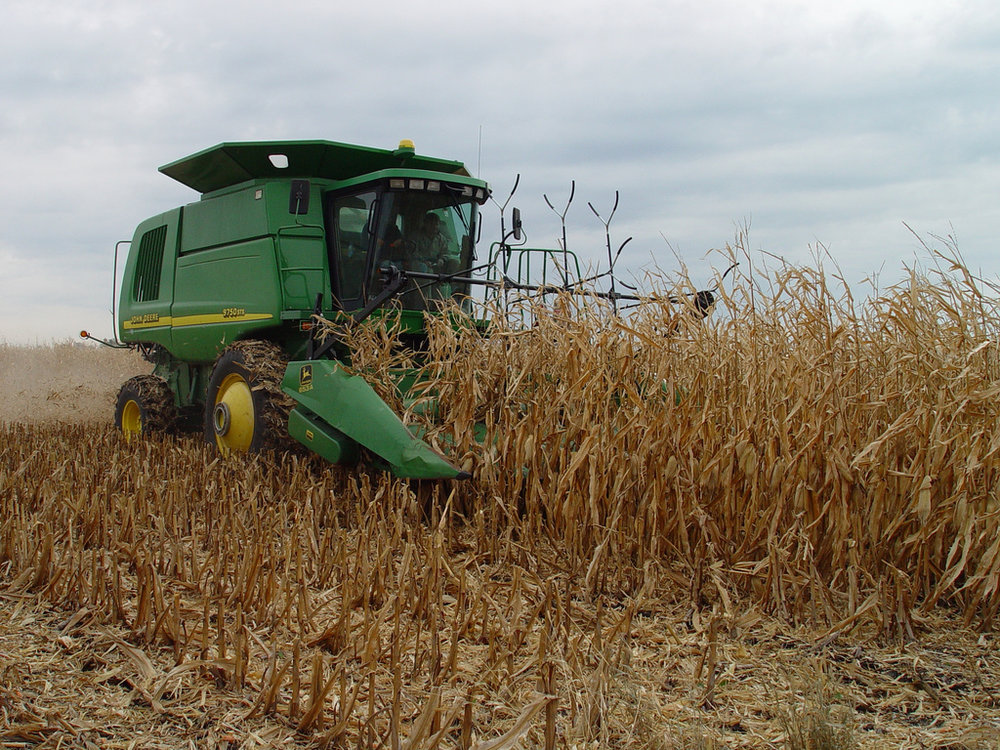In the previous articles of this series we have covered crop establishment, crop nutrition and crop protection. It’s befitting then to end this four-part series with a look at activities during harvest time. A healthy crop in the field will yield good revenue for the farmer.
But getting the crop off the field and to the market must happen at the optimum harvest time for best returns. In this article, we shall focus on grain harvest as grains are primary summer crops in the southern Africa region.
Manual harvesting
In most of Sub-Saharan Africa, the common harvesting practice for maize by smallholder farmers is by hand. Maize is left to partly or fully dry on the field. However, farmers should avoid delayed harvesting as it can lead to damage by pests and diseases, or favour the spreading of aflatoxins, especially when it rains whilst the crop is still on the field.
Shelling can be done manually, however smallholder farmers now have increasing access to small shelling machines. It is recommended to shell cobs immediately after drying to reduce pest damage. After shelling and cleaning, the grain is ready to be either sold or stored for later use or sale.

Harvesting by hand can be time consuming and labour intensive depending on the size of the field and type of grain that needs to be harvested.
Combine harvester
Combines are very versatile machines, with a range of adjustments to enable them to harvest a wide range of crops. They “combine” the previously separate activities of harvesting – cut, thresh, separate, and clean. A combine harvester can harvest a variety of crops, including a wide range of cereals, legumes, and oilseeds such as maize, wheat, barley, rice, soya beans, peas, beans, and sunflowers.
Grain storage
The key benefit of crop storage is to have the flexibility to attract a higher price at a later stage. However, there are some risks and costs associated with storage. The biggest threat to stored crop quality is excessive heat and moisture as they create the perfect environment for pests and diseases. Another risk factor is the volatility of markets as prices might drop while in storage.

Grain can be stored in silos like these until the market price is higher.
It’s therefore imperative to select post-harvest storage environments and practices that maximise quality and minimise losses. Some examples of common smallholder grain storage facilities include traditional granaries, plastic drums, metal, wooden or mud silos, and hermetic bags.
In conclusion, it is perhaps the persisting threat of food security that makes the risk and cost of storage worthwhile. The United Nations Food and Agriculture Organisation estimates that post-harvest losses for all crops amount to about 37% in Sub-Saharan Africa. Most of these are due to unnecessary losses along the crop production and storage chain.
For further information, please contact Benard Ngwene at Benard.Ngwene@agcocorp.com.









